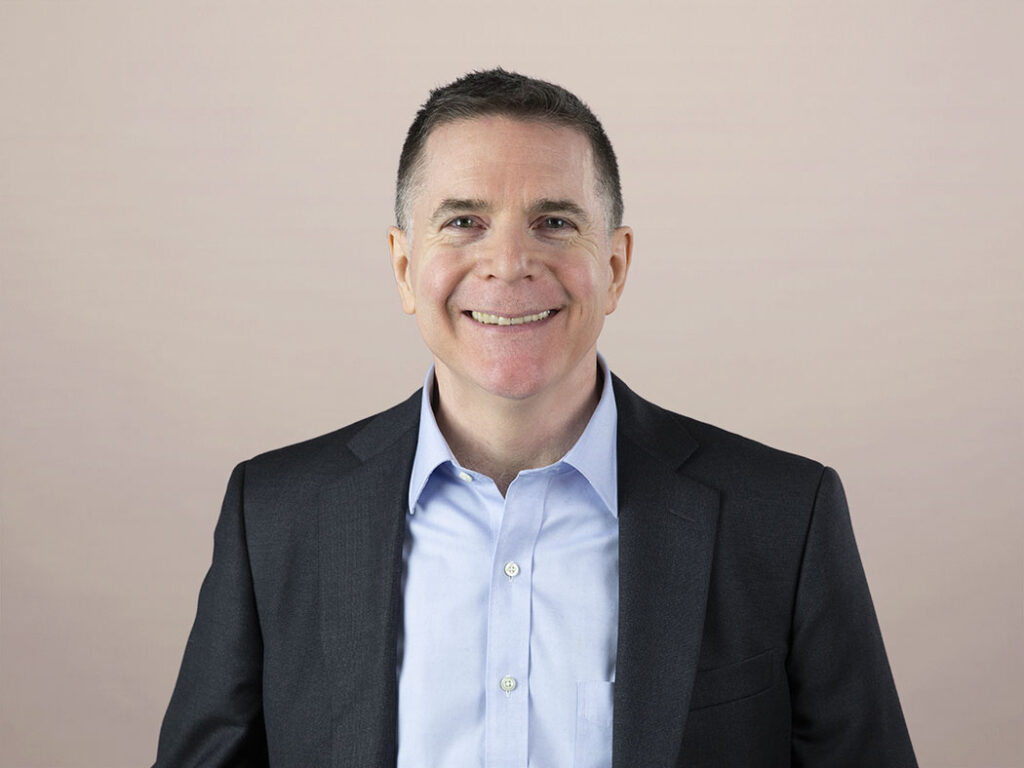Forrester’s 2023 Enterprise Architecture Awards Winner And Finalists For The Americas
As previously announced, Forrester’s 2023 Enterprise Architecture Awards are in full swing. For the first time, we are partnering with The Open Group, which has contributed both publicity and judges.
Enterprise architecture (EA) is a strategic capability for many enterprises. It is essential that EA in all of its permutations be results-oriented and pragmatic. In evaluating the entries for Forrester’s Enterprise Architecture Awards, we look for stories of EA excellence resulting in tangible business and customer results. The Forrester Outcome-Driven Architecture Model rests on a base of architecture principles (valuable, influential, continuous, agile, accountable, innovative, and pragmatic) that inform the EA capabilities of people, practice, artifacts, and engagement. This foundation provides the platform to drive and influence projects, products, and services for the ultimate outcome of adaptive, creative, and resilient customer value.
The three finalists show how excellent EA organizations drive both internal and external value.
We congratulate U.S. Bank, the winner this year after a strong showing last year, and runners-up Rockwell Automation and Takeda Pharmaceuticals.
U.S. Bank is the fifth largest bank in the United States and continues to accelerate its momentum in architecture with four architectural priorities:
- Engage, educate, and inspire: Encourage employees to grow their skills in modern technologies.
- Target-state architecture: Partner with CXOs to deliver tangible value to enable strategic business growth.
- SDLC 2.0: Assess application and portfolio health and gamify their improvement.
- Process reengineering: Redesign and reengineer our painful processes to improve efficiency.
U.S. Bank’s focus on outcomes is clear, with a strong emphasis on the fact that employee satisfaction leads to customer satisfaction, so EA initiatives to increase automation and reduce manual effort are paying off. The company displays a strong commitment to EA foundational priorities such as being agile and accountable.
One notable and innovative U.S. Bank architecture program is CERT-FEST, an organizationwide training effort led by EA for all engineers. U.S. Bank has certified 2,200 employees and, by the end of 2022, had completed 80,000 hours of internal training. U.S. Bank is shifting from a project to a product model, and this is reflected in the EA operating model.
Other EA activities include hosting hackathons, defining application health metrics, embedding controls and policies in the DevOps pipeline, and unifying EA with other governance at the bank.
Rockwell Automation engineers industrial automation hardware and software products, coupled with expert lifecycle services, to empower global manufacturers and industrial process customers in enhancing yields, machine reliability, and operational quality. Rockwell is shifting its business model from an “output” focus to an “outcome” focus and so embarked on a subscription business model transformation, which entailed revamping offerings, restructuring consumption models and business processes, and introducing new technological capabilities.
By partnering with the enterprise transformation office, the EA group at Rockwell Automation has enabled increases in annual recurring revenue, software orders, and the shift to software subscription models while reducing order processing time from two days to 14 minutes.
Standardized processes, data models, and integration mechanisms facilitate seamless continuity, collaboration, and information flow across different functions and systems. This continuity reduces inefficiencies and minimizes disruptions, ensuring improved productivity.
Rockwell Automation uses its early career program to identify key talent for enterprise architecture roles early on and rotate them through multiple technology disciplines (app development, cloud ops, security, data, infrastructure, etc.) to get them “well rounded” for an enterprise architecture role after they complete their early career program.
One example of the architectural artifacts that Rockwell Automation develops for its customers is the collection of validated blueprints created with a major networking partner to offer a starting point for IT and OT organizations, enabling them to design and deploy industrial network infrastructure that is both reliable and secure.
Takeda Pharmaceuticals seeks to be “the most trusted science-driven digital biopharmaceutical company.” Takeda’s awards submission showed a clear focus on priorities such as faster drug discovery and approval and creating a frictionless employee experience.
At Takeda, architecture serves business priorities of adaptivity through a default composable architecture, offering reusable platforms in a service marketplace with product teams as customers. Architects curate and leverage accelerators including published patterns from other parts of Takeda, market research, and partnerships with academia and technology partners.
Architecture governance is designed to empower product teams to self-govern. Tools are provided to help designers easily find secure resilient patterns and guardrails to solve their problems. Policy and principles are presented if a pattern does not exist, and those designs are converted into patterns for future solutions. Architects are expected to use and contribute to these enablers. Only if a product or project goes outside of these guardrails is it reviewed at the architecture council.
Architecture accountability takes the form of semiannual enterprise health audits that assess tech debt, vulnerabilities, stability, fit for use, cost of ownership, guardrail, and decision violations, among other dimensions. Critical health issues are shared to the executive leadership team quarterly to ensure visibility and resolution progress.
Architecture has made significant contributions to cost and risk reduction through a connected IT4IT data and visualization strategy. The team led the effort to normalize the data model across finance, security, service desk, procurement, and portfolio management, giving a real-time view of cost of ownership, incidents, technical debt, audit findings, vulnerabilities, license utilization, customer satisfaction, impact analysis, strategy adherence, adoption, and development velocity, summarized at an executive level or drillable down to a developer’s domain. This transparent 360-degree view of application risk, cost, and health has driven accountability and remediation across the enterprise.
This is just the EA Awards for the Americas — stay tuned for EMEA and APAC! Consider also attending Forrester’s Technology & Innovation North America, which will occur in Austin and digitally, September 10–12, 2023. We hope to see you there!
